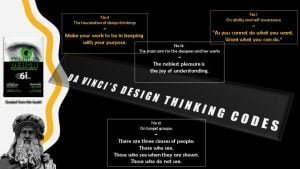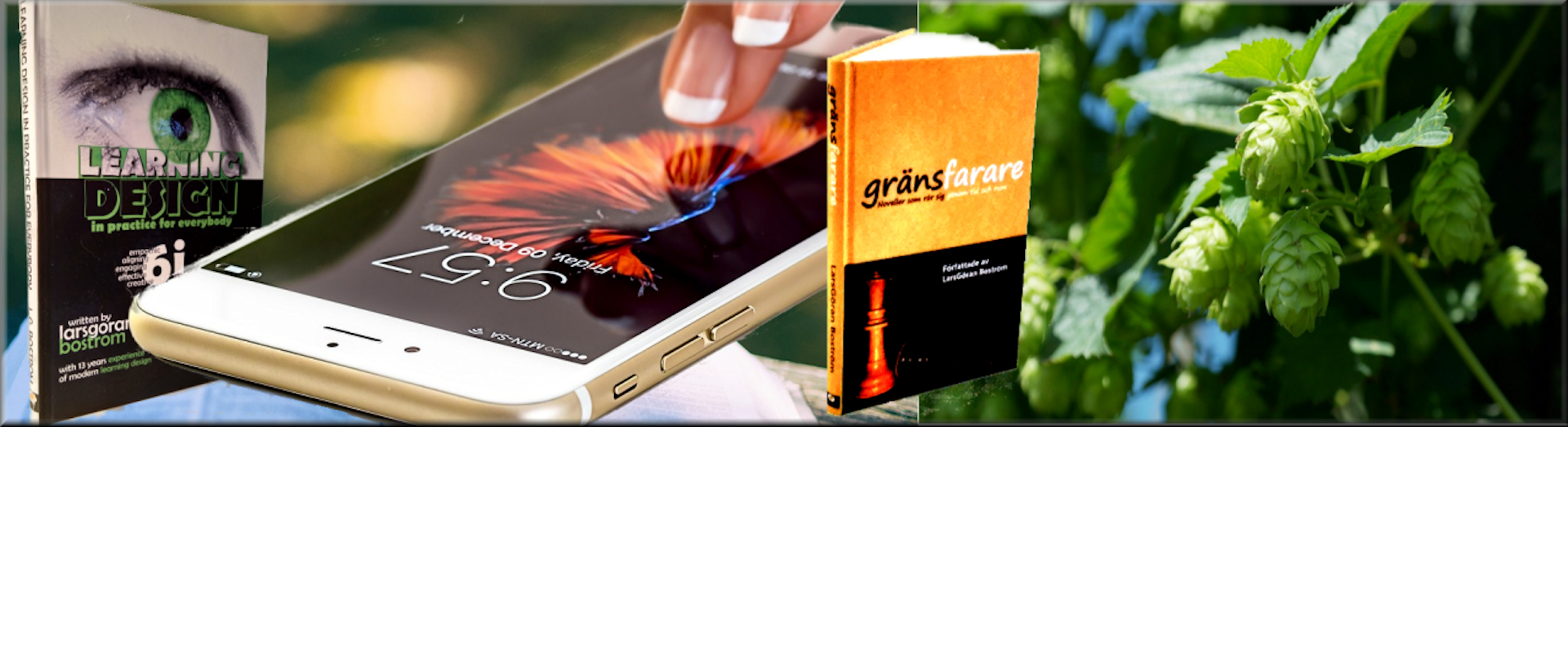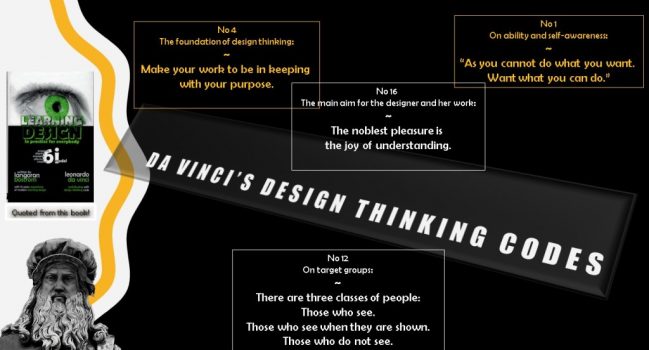Listen to the story:
This can be seen as obvious, but in practice, it should nevertheless be seen as a guide, an objective. This is what the theory of reflexivity among other things proclaims. A theory based on the real circumstances of participating people. Creativity is in this perspective the bridge over which one crosses the river of uncertainty.
Unconscious consequences
In a transformative time, creativity is the very bridge that leads to the new and away from the old. One can borrow the terminology from George Soros’ theory of reflexivity, which he describes in detail in the book “The Alchemy of Finance“. The concept of the theory is basically quite simple and can be transferred to as well as economic and social contexts, or rather it brings them together. Where, on the one hand, the participants try to understand reality and, on the other, try to achieve their aims. Nevertheless, these two functions affect each other and that is what Soros calls reflexivity. It can be seen as a “feedback loop” between participants’ understanding and reality.
Because the participants’ understanding is incomplete, not least in transformative times and environments like the one we now live in. This causes the participants’ actions to achieve unconscious consequences. Because they act not in their own interest, but on their own view of their own interest. The gap between reality and the incomplete interpretation of it creates uncertainty that participants try to bridge with creativity. It can be said a lot about reflexivity and its usefulness, and it is described in “The Alchemy of Finance” by George Soros.
Step-by-step creativity bridges
A completely different form of creativity bridge is described in the book Learning Design in Practice for Everybody in the form of 6iModellen. This is a model that focuses on guiding creative projects of all forms. To optimize the result so that it is as far as possible consistent with the purpose. The model is developed based on the author’s many years of experience in implementing various forms of creative projects and Leonardo Da Vinci’s sixteen design codes. In addition to the six stages or stations contained in the model, Da Vinci’s general advice is something to consider in order to reduce uncertainty. He writes: “The painter has the whole universe in his mind and hand. Simplicity is the ultimate sophistication.”




